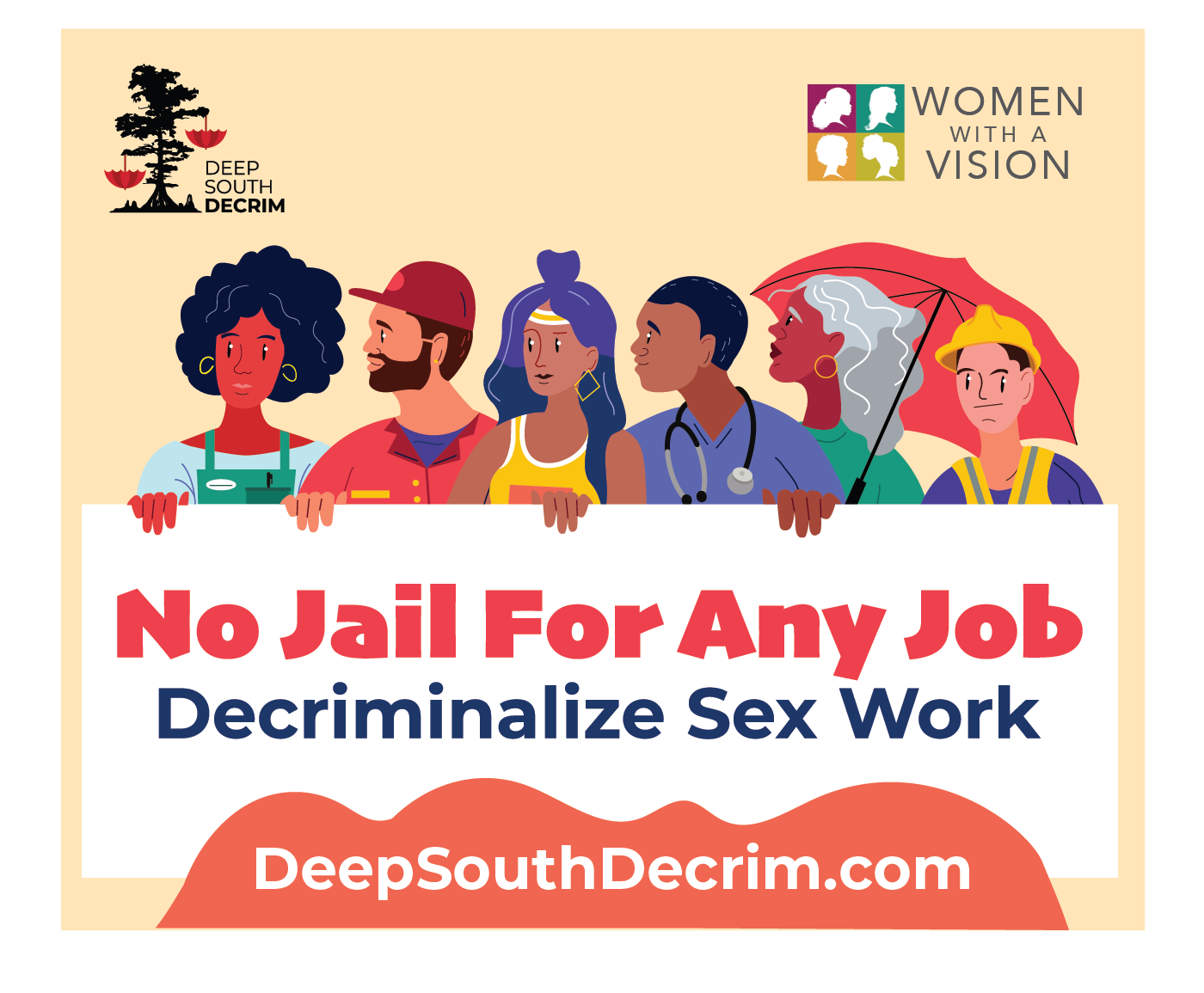Lil Wayne’s Tha Carter III is a hit in a hitless industry, prompting some meditation on how that is. Here’s The New Yorker‘s Sasha Frere-Jones:
I appeared on WNYC’s Soundcheck Smackdown yesterday to discuss Lil Wayne’s claims to greatness and his long-delayed, finally available album, Tha Carter III. Billboard reports:
Unweighted first-day sales of Tha Carter III at nine leading accounts through the close of business yesterday (June 10) stood at 423,000. Sources close to the album project Carter could shift between 850,000-950,000 in its first full week. That would easily give Wayne the biggest sales week of the year, and the best since Kanye West’s Graduation started with 957,000 last year.
This sales spike suggests that giving away music, far from destroying the music business, could be the gesture that saves it. More than a hundred free Lil Wayne tracks surfaced last year, many with Wayne’s blessing. Anyone at the Recording Industry Association of America who felt somehow safer and righteous when DJ Drama (Wayne’s closest mixtape collaborator) was arrested in Atlanta last year might want to revisit those feelings. Outlawing mixtapes is, in essence, firing people who are already working for free to promote your paid employee. But the music business didn’t understand Napster, either. Perhaps they will understand unemployment. Or maybe they will blame that on hip-hop, too.
At The Los Angeles Times, Todd Martens traces the history of the decline in the record industry in other directions besides Napster as well:
2000: The effect of Napster and the rise of file-sharing on the music business is probably a bit overblown. If one wants to trace the recent woes of the music business to a starting point, 2000 is arguably as good as place as any. It was in 2000 that the Federal Trade Commission declared that consumers had paid about $480 million more than they should have for CDs over the previous three years.
The cause, according to the FTC, was minimum-advertised-pricing, or MAP, policies, which the major labels had adopted to put an end to heavy discounts at music retailers. With MAP in place, retailers that sold CDs below a certain cost, say $12.99, would not receive cooperative advertising funds from record labels (the practice of reimbursing a retailer for advertising costs, such as featuring an album in a Sunday advertisement distributed in newspapers).
With the FTC breathing down its neck, and consumers rightfully fed up at continually seeing $16.98 CDs, the major record labels acquiesced to the FTC, and abolished MAP. A large retailer could now receive funds for advertising a new Madonna album, and then use said Madonna album as a loss-leader, altering what a new album should cost in the minds of the consumer.
2002: Before iTunes even exists, Best Buy warrants a news mention in Billboard for selling the Dixie Chicks‘ “Home” for $9.99 … for one full week.
I wish I could remember which bad Rolling Stones album was the first to cost $16.99, but I do remember that it was a Rolling Stones album, and the logic was that they were a marquee act so their albums should cost more. What the album did, though, was show that the market would pay $16.99 for an album, at least in the short term.
What the history and the Lil Wayne story tell us is what happens when the audience is treated simply as consumers and given no emotional stake in the artist. In the ’90s business model, the industry had an effectively adversarial relationship with the consumer, trying to extract the most money possible from the buyer. In that relationship, the buyer tries to get the music for the best price possible, and you can’t get better than free.
On the other hand, the free Lil Wayne tracks helped create his market and mystique. Those who found him between Carter II and III also had some emotional investment in his success – underdog identification, the joy of the discovery, the taste confirmation, etc.
Home taping didn’t kill the industry, Napster didn’t kill the industry, and downloads aren’t killing the industry. The industry is killing itself, and artists lived before there was an industry and they’ll find their way in the rubble of it.




